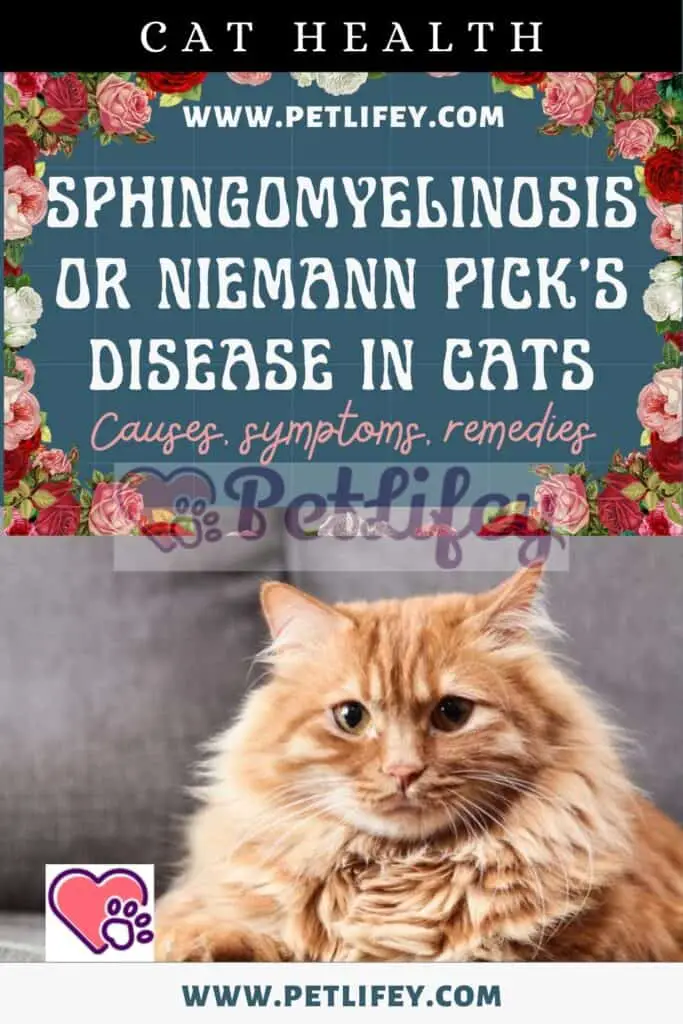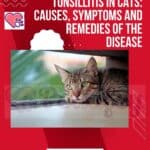Sphingomyelinosis is an extremely serious disease, which generally leads to death in a short time.

In medicine, and the veterinary field is certainly no exception, the best weapon is prevention. But often it is not enough. Hereditary diseases, towards which the organism is predisposed, cannot be avoided. And some of them are extremely serious, as sfingomielinosi , which can lead the cat to death in a short time.
What is it and what are the causes
Sphingomyelinosis is a hereditary disease, which consists of an abnormal increase in sphingomyelin, glycolipids and cholesterol, and can also affect the cat.
The pathology is also known as Niemann-Pick disease, or the surnames of the two doctors (the first pediatrician, the second pathologist) who first described its effects.
Sphingomyelin, due to the lack of the sphingomyelinase enzyme, accumulates in organs such as the spleen, liver, lungs, kidneys, intestines, as well as inside the cells of the animal’s nervous system.
As mentioned, the disease is hereditary, but there is a greater predisposition to its onset in some specific breeds, such as the Siamese , the Balinese, the Javanese and the Oriental.
Symptoms of sphingomyelinosis in cats
The symptoms of sfingomielinosi appears early in the cat, appearing between two and five months of age.
Among the clinical signs there are various neurological disorders: among them the cat ‘s ataxia (i.e. an uncoordinated walk), loss of balance, hypermetry (high step), head tremors, abnormal enlargement of some organs such as the liver and the spleen.
Life expectancy of the feline

In the presence of the aforementioned symptoms it is necessary to act promptly and alert your trusted veterinarian.
The professional will proceed to diagnose sphingomyelinosis by subjecting the cat to clinical tests aimed at highlighting the lack of the sphingomyelinase enzyme in various organs, such as the liver.
Unfortunately, to date, there are no significant cures to combat the disease. Once the aforementioned symptoms manifest themselves at an early age, the situation turns in a pejorative sense, with the development of progressive paralysis.
Death affects most cats with sphingomyelinosis by the age of one year.






